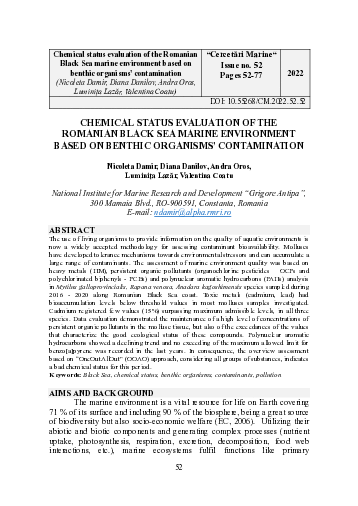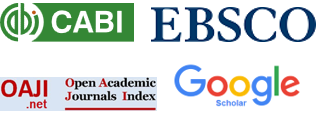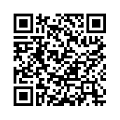Chemical status evaluation of the Romanian Black Sea marine environment based on benthic organisms’ contamination
DOI:
https://doi.org/10.55268/CM.2022.52.52Keywords:
Black Sea, chemical status, benthic organisms, contaminants, pollutionAbstract
The use of living organisms to provide information on the quality of aquatic environments is now a widely accepted methodology for assessing contaminant bioavailability. Molluscs have developed tolerance mechanisms towards environmental stressors and can accumulate a large range of contaminants. The assessment of marine environment quality was based on heavy metals (HM), persistent organic pollutants (organochlorine pesticides – OCPs and polychlorinated biphenyls - PCBs) and polynuclear aromatic hydrocarbons (PAHs) analysis in Mytilus galloprovincialis, Rapana venosa, Anadara kagoshimensis species sampled during 2016 - 2020 along Romanian Black Sea coast. Toxic metals (cadmium, lead) had bioaccumulation levels below threshold values in most molluscs samples investigated. Cadmium registered few values (15%) surpassing maximum admissible levels, in all three species. Data evaluation demonstrated the maintenance of a high level of concentrations of persistent organic pollutants in the mollusc tissue, but also of the exceedances of the values that characterize the good ecological status of these compounds. Polynuclear aromatic hydrocarbons showed a declining trend and no exceeding of the maximum allowed limit for benzo[a]pyrene was recorded in the last years. In consequence, the overview assessment based on “OneOutAllOut” (OOAO) approach, considering all groups of substances, indicates a bad chemical status for this period.
Downloads
Published
How to Cite
Issue
Section
License
Copyright (c) 2025 Nicoleta Damir, Diana Danilov, Andra Oros, Luminița Lazăr, Valentina Coatu

This work is licensed under a Creative Commons Attribution-NonCommercial-NoDerivatives 4.0 International License.
This is an open access journal, which means that all content is freely available without charge to the user or his/her institution. Users are allowed to read, download, copy, distribute, print, search, or link to the full texts of the articles, or use them for any other lawful purpose, without asking prior permission from the publisher or the author. This is in accordance with the BOAI definition of open access.






